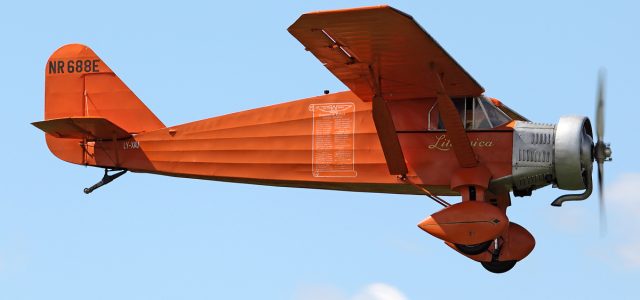We only have roads into town three months of the year, while all the lakes and rivers are frozen. Otherwise the only way into Norman Wells and many of the other communities around us is by airplane. Usually float planes. That’s why I had the Bellanca CH-300 restored. In the 1930s it was one of our favorite links with the outside world and is a historical connection from then to the modern aircraft we fly today.”
The speaker is Warren Wright, who has operated North-Wright Airways for decades. His fleet of 21 aircraft—many on floats, some on wheels, and some on tundra tires—provide an aerial lifeline for the many small villages and camps that dot the wilderness of Canada’s Northwest Territories. For reference, Norman Wells is located just 90 miles south of the Arctic Circle and right in the middle of nowhere. This is where airplanes are an indispensable survival tool.
Wright’s latest bird is the 1929 Bellanca CH-300 Pacemaker, which is representative of the breed of airplane that opened up much of the northern territories of Canada and Alaska. The aircraft were big, heavy haulers that were essentially aerial tractor-trailers, which carried anyone and anything that could be jammed through the doors. The Bellanca Pacemaker, although revered in the North Woods, where it wore coveralls and had dirt under its fingernails, was something of a glory hound elsewhere in the world. In those realms, it was seen as the vehicle of long-distance adventurers and airline pioneers.
by BUDD DAVISSON

















A book I was reading mentioned the pilot hand cranking (a flywheel ?) and then getting in and starting the planes engine. Is that real?